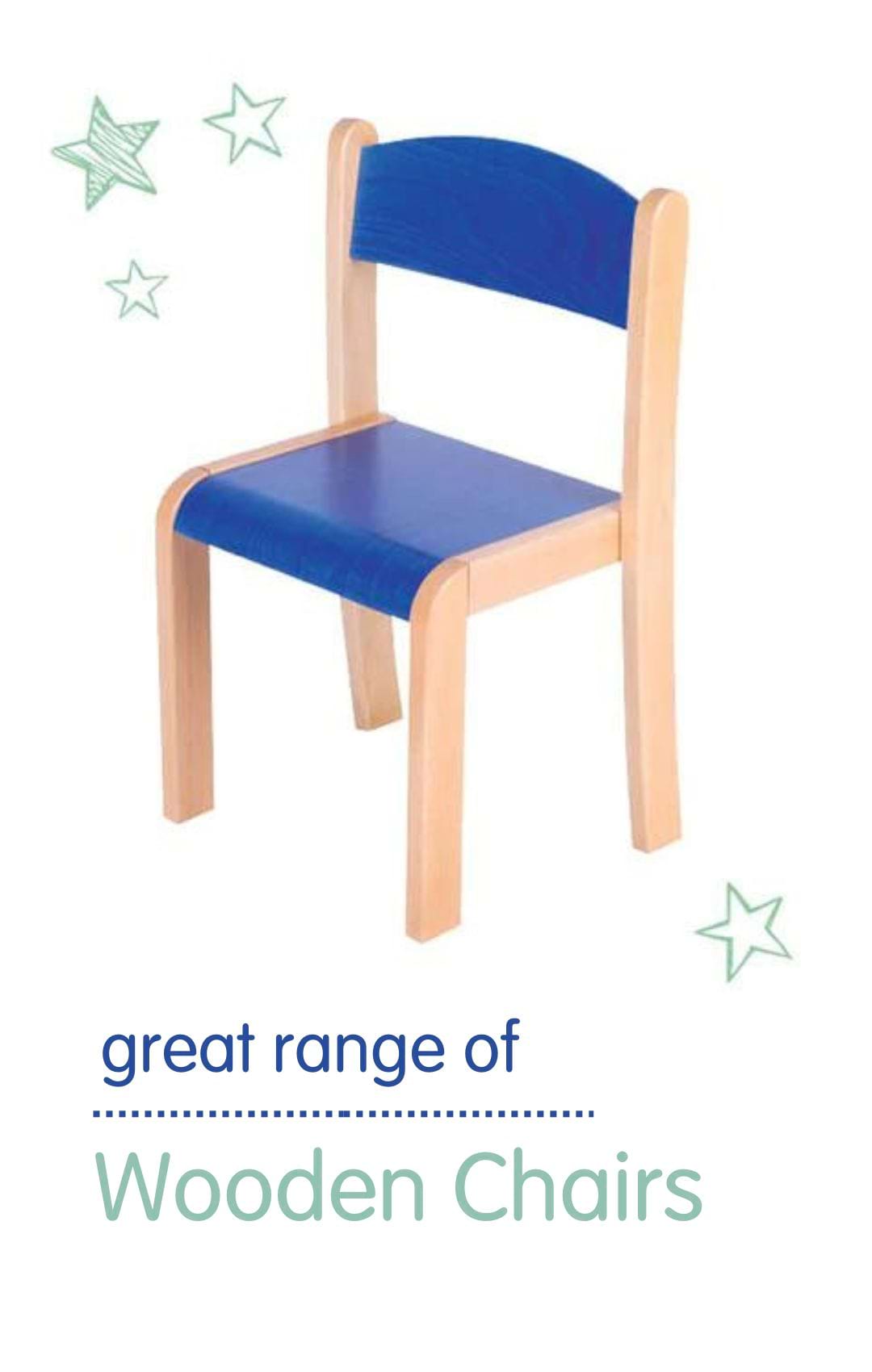
Bee-Bot’s simple and child friendly layout is the perfect starting point for teaching control, directional language and programming. With a wide range of cross curricular mats to program with, and fun accessories to personalise, Bee-Bot is the must have programming resource for any young classroom. Bee-Bot can accurately move in steps of 15cm, turn in 90° turns, and remembers up to 40 steps!

Bee-Bot for KS1 Computing – Bee-Bot is well suited to supporting a number of aspects of computing. At KS1, it can be used to help pupils:
- Understand what algorithms are, how they are implemented as programs on digital devices, and that programs execute by following precise and unambiguous instructions
- Create and debug simple programs
- Use logical reasoning to predict the behaviour of simple programs
Bee-Bot for KS2 – Computing At KS2 – Bee-Bot can be used to help pupils:
- Design, write and debug programs that accomplish specific goals, including controlling or simulating physical systems; solve problems by decomposing them into smaller parts
Prior to using Bee-Bot, children may have worked with remote control vehicles. Remote control vehicles can help develop an understanding of action, reaction and directional language. Bee-Bot offers a good route into very early programming.
The activities listed below are in a suggested order of progression. There is no specific amount of time to be spent on each as this will vary from one situation to another.
Key Focus 1 – Experimenting
Children love to explore and investigate.
Introduce Bee-Bot and discuss the following:
- What do they think is inside?
- What do the buttons do?
- Do the symbols/writing on the buttons give them any clues?
- What happens when a button is pressed several times?
- In what order do the buttons need to be pressed to make something happen?
In small groups, give children time to explore Bee-Bot and try out the buttons. After investigation, ask more questions:
- What happens if the buttons are pressed again after Bee-Bot has moved?
- How far does it move on each press of the forward or backward button?
- How far does it turn left or right?
Key Focus 2 – Challenges
Use Bee-Bot mats to set simple challenges. If possible start with a straight mat, such as the number mat. Children need only use the forward and backward commands. Using a linear numbered mat will encourage children to count on and back. Next, move on to square mats such as the shape mat and introduce turns. Can children make Bee-Bot move from one destination to another? Initially these challenges should be fairly simple. They may be differentiated to suit different children, i.e. shorter or longer distances, involving more or less turns. Children should solve them through trial and error, i.e. enter the commands and press GO. Does Bee-Bot reach the destination? If not, should they add more commands or do they need to clear Bee-Bot’s memory and try again? Children may need reminding to put Bee-Bot back to the start for each try.
After several challenges set by the teacher, children should set them for each other.

Key Focus 3 – Algorithms
Having spent time exploring how Bee-Bot works, children should begin to solve problems through planned solutions rather than a trial and error approach. Challenges may be set by teachers or peers. Working in pairs children should write down their solution to a challenge. They should record the commands and the sequence in which they are needed. They might record their algorithm by drawing the command symbols on a piece of paper or a dry wipe board.
Once a program has been planned, children will need to try it out. If they discover it doesn’t work, they should look back at their plan and ‘debug’ their program, i.e. work out where it went wrong and what they need to do to fix it.

Key Focus 4 – Debugging
Debugging was introduced in the previous Key Focus. Children should be encouraged to solve or create ever more complex challenges using Bee-Bot. For each challenge they should plan, test and debug their solution. As an alternative to drawing their program, children could use cards with the command symbols printed on. The cards should be laid out in the order they think will solve the challenge. When debugging they may need to switch cards around or add additional cards to their program.

Key Focus 5 – Prediction
After writing their own Bee-Bot programs and debugging them, children can start to read programs created by other people. These may be written by a teacher, other children or even randomly generated, using cards (shown above). The student needs to know Bee-Bot’s starting point and the program to be used. They should go through the steps to work out where Bee-Bot will end up once all the commands have been entered. Mark the destination point before running the program. Initially the programs should be only a few steps. The number of steps may be increased to develop the complexity of the challenges.









